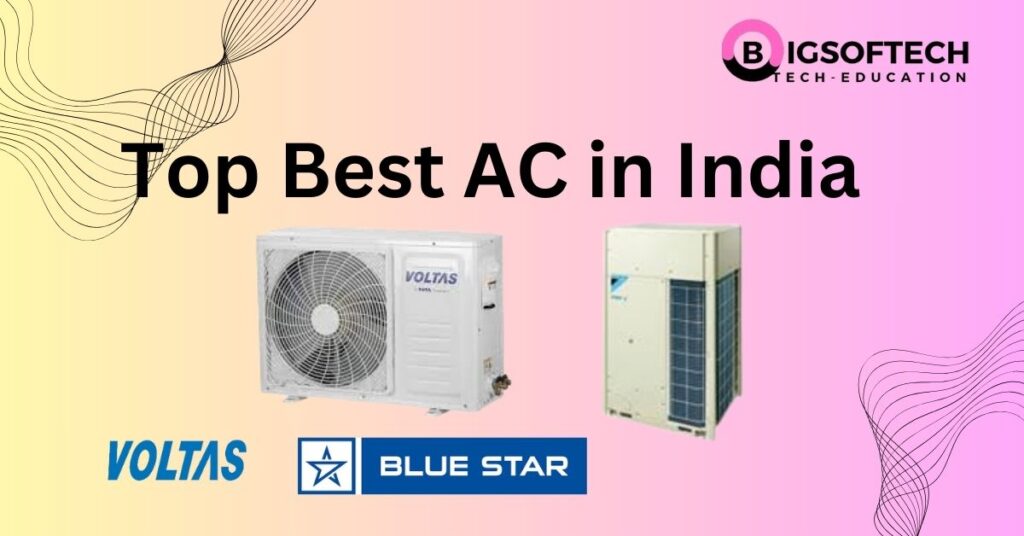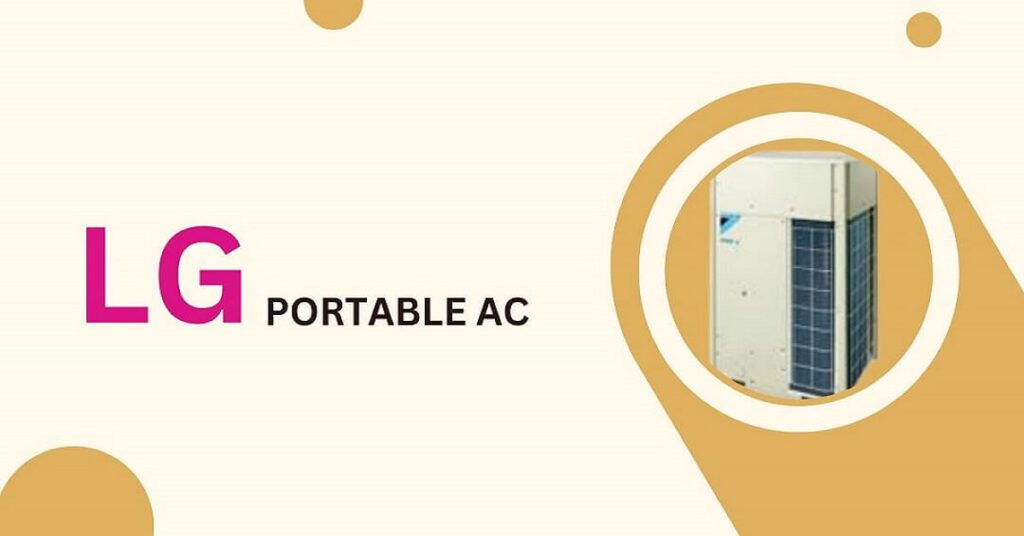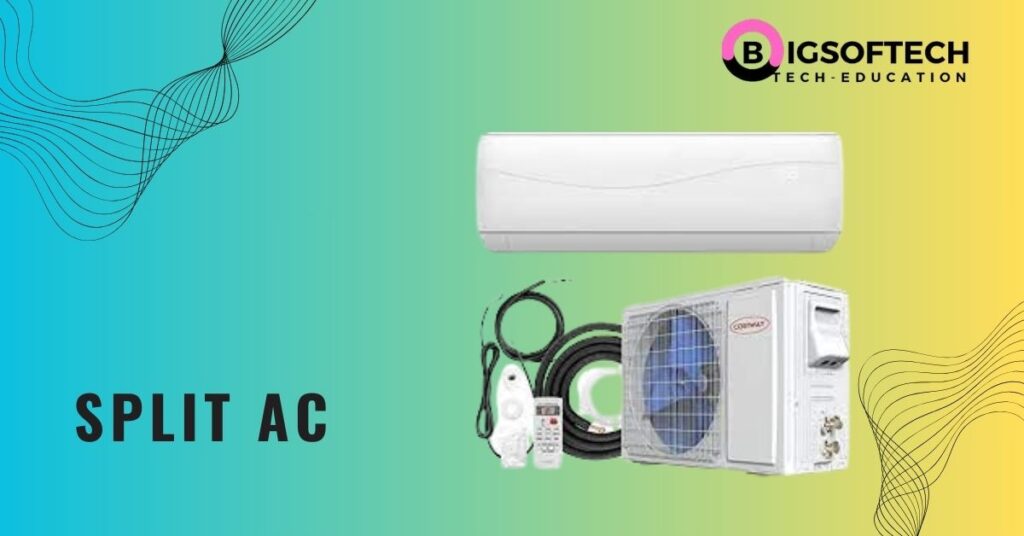An air conditioner has become an indispensable part of modern living, providing relief from sweltering heat and creating comfortable indoor environments. This device, commonly known as an air conditioner or AC, employs advanced technology to regulate temperature, humidity, and air quality within enclosed spaces. In this article, we will delve into the workings of air conditioners, their various types, and the benefits they bring to our daily lives.
What is an Air Conditioner?
An air conditioner is a mechanical system designed to cool, dehumidify, and circulate air within a confined space, such as a room or a building. It achieves this by utilizing a refrigeration cycle, which involves the transfer of heat from the indoor air to the outside environment.
Components of an Air Conditioner:
Compressor: This is the heart of the air conditioner. The compressor pressurizes and circulates the refrigerant, a chemical substance with properties that allow it to absorb and release heat efficiently.
Condenser Coil: Located in the outdoor unit, the condenser coil facilitates the release of heat absorbed from the indoor air.
Evaporator Coil: Positioned in the indoor unit, the evaporator coil absorbs heat from the indoor air, causing the refrigerant to evaporate.
Expansion Valve: This component regulates the flow of the refrigerant, controlling its temperature and pressure as it moves between the evaporator and condenser coils.
Air Filter: Air conditioners typically include filters to capture dust, particles, and pollutants from the air, improving indoor air quality.
Type of Air Conditioner:
- Window air conditioners
- Split air conditioners
- Package Air Conditioner
- Central AC ( AHU, FAHU )
- Portable air conditioners
- Ductless mini-split systems
Window Air Conditioner:
A compact, self-contained unit that typically installed in a window or a specially designed opening in a wall is a window air conditioner. It cools a single room and provides a cost-effective solution for smaller spaces.
Operation: These units consist of a single housing that houses all the components, including the evaporator, condenser, compressor, and cooling coil. Warm air from the room is drawn into the unit, cooled, and then expelled outside.
Split Air Conditioner:
Split AC consists of two main components: an indoor unit and an outdoor unit. The indoor unit is installed inside the room, while the outdoor unit is placed outside the building. They are commonly used for cooling individual rooms or multiple rooms.
The indoor unit contains the evaporator coil, fan, and air filter, while the outdoor unit houses the compressor and condenser coil. Refrigerant is circulated between the two units to absorb and release heat, effectively cooling the indoor space.
Package Air Conditioner:
In the installation of a package air conditioner, technicians typically mount the self-contained system on the roof or a concrete slab outside the building. They connect the unit to the building’s ductwork to distribute cooled air throughout the space. The system houses all components, including the compressor, condenser, and evaporator, within a single unit, making it suitable for cooling larger spaces like commercial buildings or homes with centralized ductwork.
Compressor:
- The compressor is a crucial component that pressurizes and circulates the refrigerant within the system. It plays a central role in the heat exchange process.
Condenser Coil:
- The condenser coil is responsible for releasing heat absorbed from the indoor air into the outside environment. It is located in the outdoor unit of the packaged AC system.
Evaporator Coil:
- The evaporator coil is positioned in the indoor unit and absorbs heat from the indoor air, causing the refrigerant to evaporate. This results in cooled air being circulated into the living space.
Expansion Valve:
- The expansion valve regulates the flow of refrigerant into the evaporator coil. It controls the pressure and temperature of the refrigerant as it enters the evaporator.
Blower Fan:
- The blower fan, located in the AHU, facilitates the movement of air across the evaporator coil and into the ductwork, ensuring the distribution of cooled or heated air.
Ductwork:
- Ductwork is a system of channels or pipes that transport the conditioned air from the AHU to various rooms or areas within a building.
Thermostat:
- The thermostat acts as the control center for the packaged AC system. It allows users to set and regulate the desired temperature and operating mode (cooling or heating).
Air Filter:
- The air filter traps dust, dirt, and other particles from the incoming air, ensuring that the system operates efficiently and maintains good indoor air quality.
- Control Panel:
- The control panel houses the electronic controls and circuits that manage the operation of the packaged AC system. It includes components such as relays, sensors, and the user interface for settings.
4. Central Air Conditioning Systems:
Central air conditioning systems are a type of cooling system that provides uniform temperature control throughout an entire building or a significant portion of it. They are commonly used in residential homes, commercial buildings, and large industrial spaces.
Components:
- Condenser Unit: Located outside, this unit releases heat from the refrigerant.
- Evaporator Coil: Positioned inside, it absorbs heat and cools the air.
- Ductwork: Distributes cooled air to various rooms through a network of ducts.
- Thermostat: Controls the temperature settings.
- Quiet Operation: The noisy components are placed outside, reducing indoor noise.
- Increases Property Value: Central AC can enhance the resale value of a property.
5. Portable Air Conditioners:
Portable air conditioners are standalone units that are easy to move from room to room. They are ideal for cooling small to medium-sized spaces and are a flexible solution for temporary cooling needs.
Components:
- Exhaust Hose: Expels hot air outside through a window or vent.
- Evaporator and Condenser Coils: Cool the air and release heat.
- Fan: Circulates the cooled air.
Ductless Mini-Split Systems:
Ductless mini-split systems, as the name suggests, do not require ductwork. They consist of an indoor unit and an outdoor compressor. They are commonly used in situations where traditional ducted systems are impractical.
Components:
- Indoor Unit: Mounted on a wall or ceiling, it blows cool air into the room.
- Outdoor Compressor: Houses the condenser and connects to the indoor unit.
- Refrigerant Lines: Connect indoor and outdoor units.
Benefits of Air Conditioners:
- Temperature Control: The primary function of air conditioners is to regulate indoor temperatures, ensuring a comfortable living or working environment.
- Humidity Regulation: Air conditioners help reduce indoor humidity levels, preventing mold growth and creating a more pleasant atmosphere.
- Improved Air Quality: With built-in filters, air conditioners can trap dust, allergens, and pollutants, contributing to better indoor air quality.
- Health Benefits: Maintaining a cool and comfortable environment can have positive effects on health, reducing the risk of heat-related illnesses and promoting better sleep.
Applications of Air Conditioning
- Residential use
- Home cooling
Commercial use
- Offices and workplaces
- Retail establishments
Industrial applications
- Manufacturing and production facilities
- Server rooms and data centers
Conclusion:
Air conditioners have evolved into essential appliances that enhance our quality of life by creating comfortable and healthy indoor environments. As technology continues to advance, we can expect even more energy-efficient and eco-friendly solutions to further improve the efficiency and sustainability of air conditioning systems. Understanding the mechanics and benefits of air conditioners allows us to make informed choices in selecting and using these devices in our homes and workplaces.




